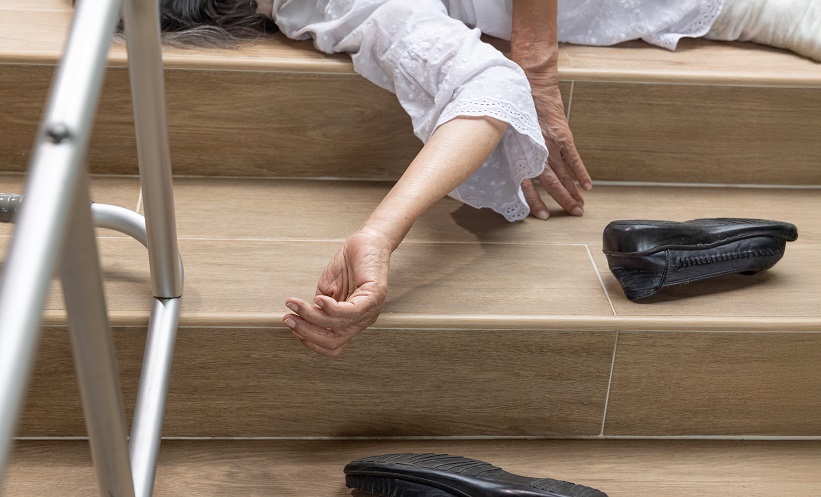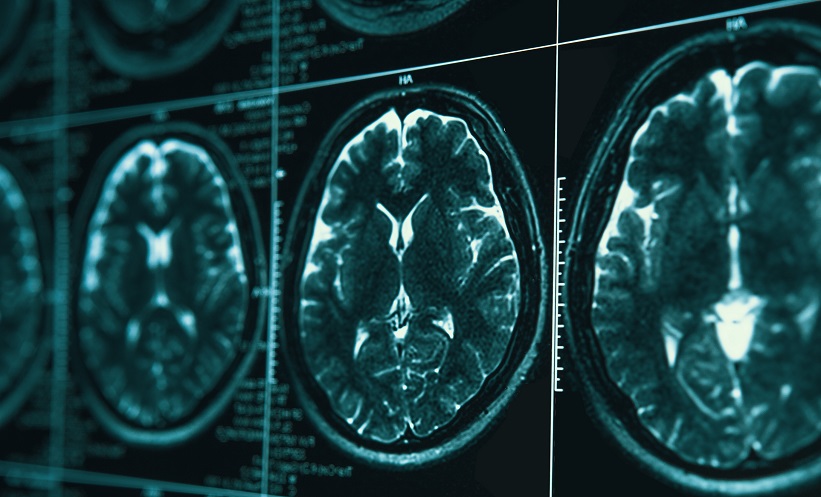PURPOSE
The purpose of this survey was to understand the impact the coronavirus disease (COVID-19) pandemic has or has had on the work, training, and wellbeing of professionals in the field of diagnostic neuroradiology. These insights may be used to prepare or improve strategies for similar situations and address potential needs and worries that arose from the crisis.
METHODS
A survey was emailed to all European Society of Neuroradiology (ESNR) members and associates as well as distributed via professional social media channels. The survey was open for 1 month in the Summer of 2020 when the first wave had subsided in most of Europe but the second wave was not yet widespread. The questionnaire featured a total of 46 questions on general demographics, the various phases of the healthcare crisis, and the numbers of patients with COVID-19.
RESULTS
From 48 countries, 167 responses were received (Italy: 12%; Spain: 10%; and the Netherlands: 9%), mostly from neuroradiologists (72%), followed by general radiologists (16%), and residents (9%).
Most commonly taken measures during the crisis phase were reduction of outpatient exams (87%), reduction of number of staff present in the department (83%), reporting from home (62%), and shift work (54%). In the exit phase, these measures were less frequently applied, but reporting from home was still frequent (33%). However, only 22% had access to a fully equipped work station at home. Most frequently applied safety measures (>80%) were regular cleaning, distancing measures, and screening patients for infection. While 81% felt safe at work, fewer than 50% had sufficient personal protection equipment during the entire crisis.
Mental wellbeing is an area of concern, with 61% feeling (much) worse than usual during the acute crisis phase and 44% still feeling (much) worse at the time of filling out the survey. Main worries concerned personal health and safety (72%), adapting to COVID-19 operational changes, nonwork obligations (35%), personal finances (27%), job security (20%), and impact on research obligations (15%) and academic career advancement (11%). The impact on training and education of residents and fellows couldn’t be assessed with certainty, as only 15% of respondents fell in this category. Seventy-eight percent followed online courses or congresses and 73% considered these a viable alternative for the future.
CONCLUSION
The COVID-19 pandemic substantially affected the professional life as well as personal wellbeing of neuroradiologists, with changes in workload, type of work, and the workplace. Many respondents felt a negative effect on their wellbeing and that safety and personal protection were insufficient, especially in the early stages of the crisis. Another concerning finding was the widespread reduction of imaging examinations, especially during the acute phase. However, the findings also indicate that the neuroradiological community has responded with great flexibility and resilience and seems to take valuable tools such as remote working and online education on board for the future. ■








